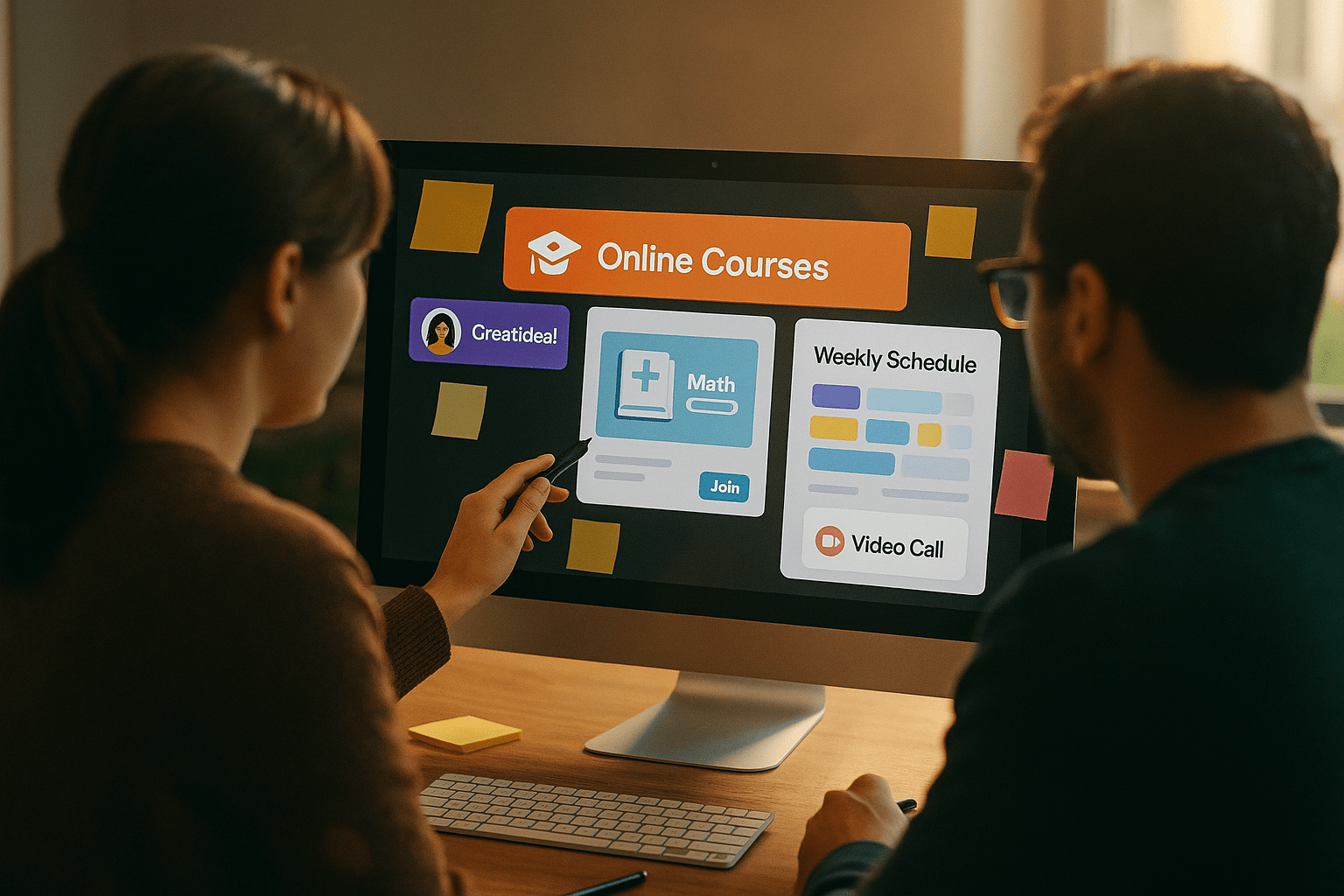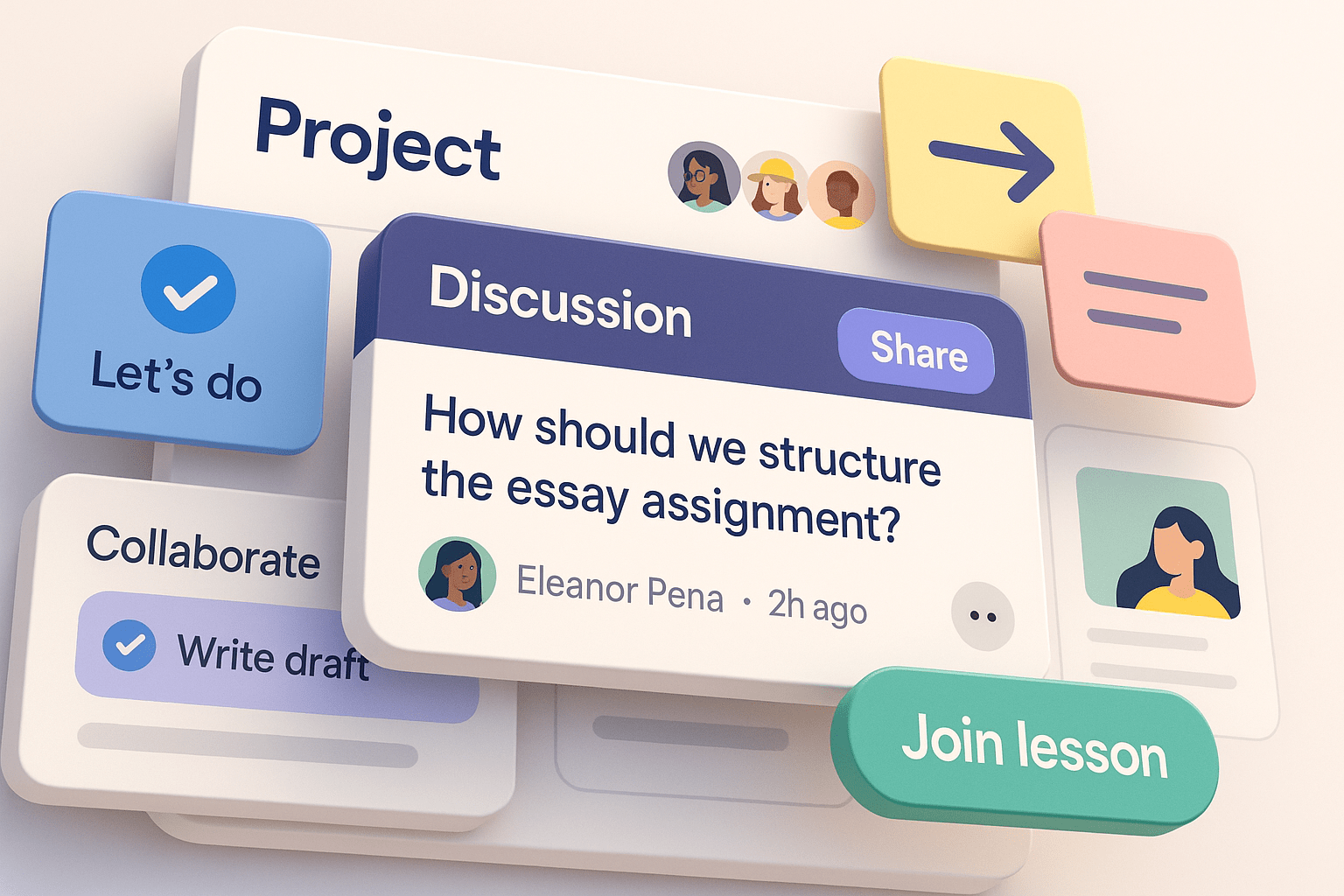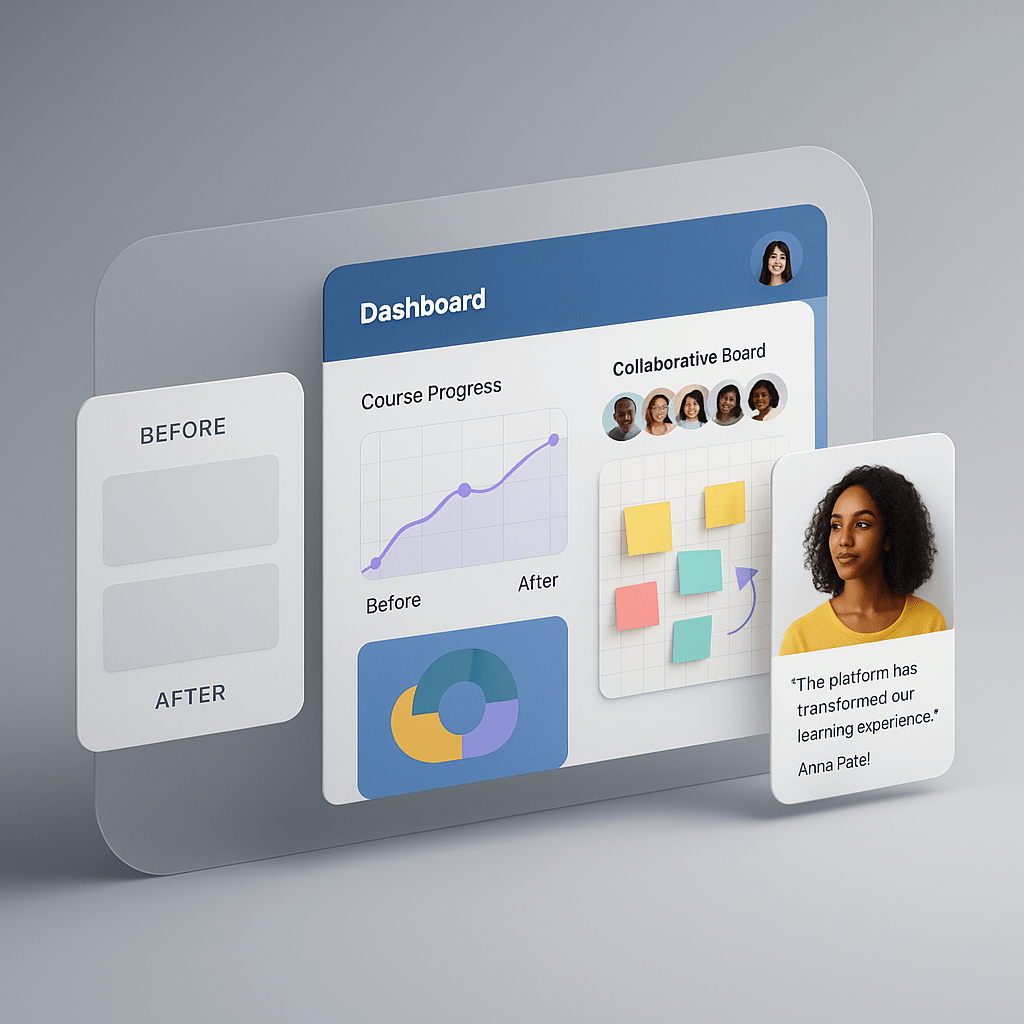Graphic Design Strategies Every Education Provider Needs
by Design Delulu Editorial · September 23, 2025

In today's competitive educational landscape, standing out from the crowd requires more than just excellent curriculum and passionate educators. Education providers face unique challenges in communicating their value, engaging students, and building trust with parents and stakeholders. This is where strategic graphic design becomes not just beneficial, but essential.
Graphic design serves as the visual voice of your educational institution, helping to solve critical pain points like low enrollment, poor brand recognition, ineffective communication materials, and difficulty conveying complex educational concepts. Whether you're running a K-12 school, university, online learning platform, or educational nonprofit, professional graphic design can transform how your audience perceives and interacts with your organization.
Why Education Providers Need Graphic Design
Key Challenges Education Providers Face
Education providers encounter several distinct challenges that graphic design can directly address:
- Brand Recognition and Trust Building: Parents and students make quick judgments about educational quality based on visual presentation. Inconsistent or unprofessional design can undermine credibility before potential students even evaluate your programs.
- Complex Information Communication: Educational concepts, curricula, and institutional policies are often complex. Without clear visual hierarchy and thoughtful design, important information gets lost or misunderstood.
- Student Engagement: Today's learners are visual natives who expect engaging, modern design in their educational materials. Outdated or bland visuals can decrease motivation and participation.
- Competitive Differentiation: With numerous educational options available, institutions need to clearly communicate their unique value proposition and stand out in crowded markets.
- Multi-Audience Communication: Education providers must effectively communicate with diverse stakeholders including students, parents, faculty, donors, and community members, each with different needs and preferences.
How Graphic Design Solves These Problems
Professional graphic design addresses these challenges through:
- Consistent Brand Identity: Creates cohesive visual systems that build recognition and trust across all touchpoints
- Clear Information Architecture: Uses visual hierarchy, typography, and layout to make complex information digestible
- Engaging Visual Content: Develops compelling graphics that capture attention and maintain interest
- Strategic Differentiation: Communicates unique institutional strengths through distinctive visual positioning
- Audience-Specific Design: Tailors visual communication strategies for different stakeholder groups

Essential Features of Graphic Design for Education Providers
Must-Have Design Elements and Workflows
Comprehensive Brand System: Your educational institution needs a complete visual identity including logos, color palettes, typography guidelines, and brand voice standards. This system should be flexible enough to work across digital platforms, print materials, signage, and merchandise.
Digital-First Design Strategy: With increased online learning and digital communication, prioritize designs that work seamlessly across websites, social media, learning management systems, and mobile applications.
Template Systems: Develop standardized templates for common materials like course catalogs, presentation slides, newsletters, and social media posts. This ensures consistency while allowing non-designers to create professional materials.
Accessibility-Focused Design: Ensure all visual materials meet accessibility standards with appropriate color contrast, readable fonts, and inclusive imagery that represents diverse learners.
Data Visualization Capabilities: Education providers often need to present statistics, research findings, and performance metrics. Professional infographic and chart design makes this data compelling and understandable.
Real-World Examples
Consider how successful educational institutions leverage graphic design:
- University websites that use clear navigation, compelling hero imagery, and strategic calls-to-action to guide prospective students through the enrollment process
- Course materials that employ consistent visual systems, making complex subjects more approachable through thoughtful layout and illustration
- Social media campaigns that maintain brand consistency while adapting content for platform-specific audiences and engagement patterns
- Printed materials like brochures and reports that use professional photography, clear typography, and strategic color use to convey institutional quality and values

Common Mistakes to Avoid
Typical Pitfalls in Graphic Design for Education Providers
- Inconsistent Brand Application: Many educational institutions develop brand guidelines but fail to enforce them consistently across departments and materials. This creates confusion and weakens brand recognition.
- Overcomplicating Design Elements: Academic environments sometimes lead to overly complex designs that prioritize showing "everything" rather than communicating key messages clearly.
- Ignoring Mobile Optimization: With students and parents increasingly accessing information via mobile devices, designs that don't work well on small screens create barriers to engagement.
- Generic Stock Photography: Using clichéd educational stock photos (like graduation caps on books) makes institutions blend together rather than standing out.
- Neglecting Accessibility: Failing to consider color-blind users, screen readers, or other accessibility needs can exclude potential students and violate compliance requirements.
How to Do Better
- Establish clear brand governance with designated approvers and regular training for staff who create materials
- Prioritize clarity over complexity by focusing on one primary message per design piece
- Test designs across devices to ensure optimal mobile experiences
- Invest in authentic photography that shows real students, faculty, and campus life
- Conduct accessibility audits and implement inclusive design practices from the start

SEO / Growth Best Practices
Optimization Tips Specific to Education Providers
Local SEO Integration: Incorporate location-based keywords and ensure visual content supports local search optimization, especially important for institutions serving specific geographic areas.
Visual Content for Featured Snippets: Design infographics and charts that answer common questions in your educational niche, increasing chances of appearing in Google's featured snippets.
Social Media Visual Strategy: Create shareable graphics that encourage engagement and link back to your website, supporting overall SEO efforts through social signals.
Page Speed Optimization: Ensure all visual assets are properly optimized for web use to maintain fast loading times, which directly impacts search rankings.
Schema Markup for Educational Content: Implement proper structured data markup for courses, events, and educational content to improve search engine understanding.
Leveraging Graphic Design for Visibility and Results
Professional graphic design amplifies your SEO efforts by:
- Increasing dwell time through engaging visual content that keeps visitors on your pages longer
- Improving click-through rates from search results with compelling meta image previews
- Enhancing social sharing with visually appealing content that generates backlinks and social signals
- Supporting content marketing with professional visuals that make your educational content more shareable and authoritative
- Building brand searches through memorable visual identity that encourages direct branded search queries
Effective graphic design also supports conversion optimization by creating clear visual pathways that guide prospective students through enrollment processes, making it easier for them to take desired actions.
The investment in professional graphic design pays dividends through improved enrollment rates, enhanced institutional reputation, more effective fundraising materials, and stronger community engagement. In an increasingly visual world, education providers who neglect design strategy risk being overlooked by the very students and stakeholders they aim to serve.
Ready to improve your education provider's visual impact with professional graphic design?
👉 Explore Graphic Design at Design Delulu
For additional resources, check out our portfolio to see successful education provider transformations, book a consultation call to discuss your specific needs, or explore our design tools for immediate implementation.
This comprehensive guide covers essential graphic design strategies specifically tailored for education providers. From addressing common challenges to implementing SEO-optimized visual strategies, these insights will help your educational institution stand out and succeed in today's competitive landscape.